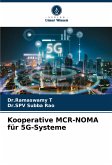

Ähnliche Artikel
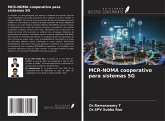
Broschiertes Buch
14. Dezember 2024
Ediciones Nuestro Conocimiento
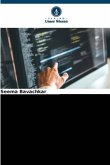
Broschiertes Buch
Verteilte Systempraktiken
28. September 2023
Verlag Unser Wissen
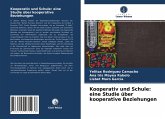
Broschiertes Buch
10. September 2021
Verlag Unser Wissen
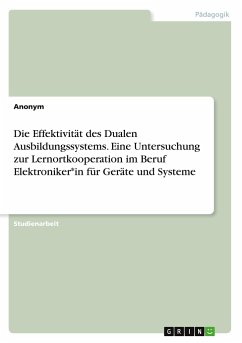
Broschiertes Buch
1. Auflage
21. Mai 2023
GRIN Verlag
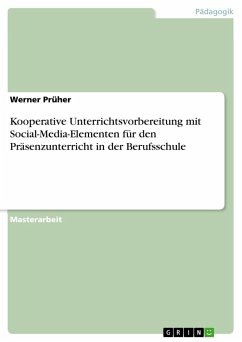
Broschiertes Buch
1. Auflage
5. April 2016
GRIN Verlag

Broschiertes Buch
2. Aufl.
23. September 2015
GRIN Verlag
Ähnlichkeitssuche: Fact®Finder von OMIKRON
